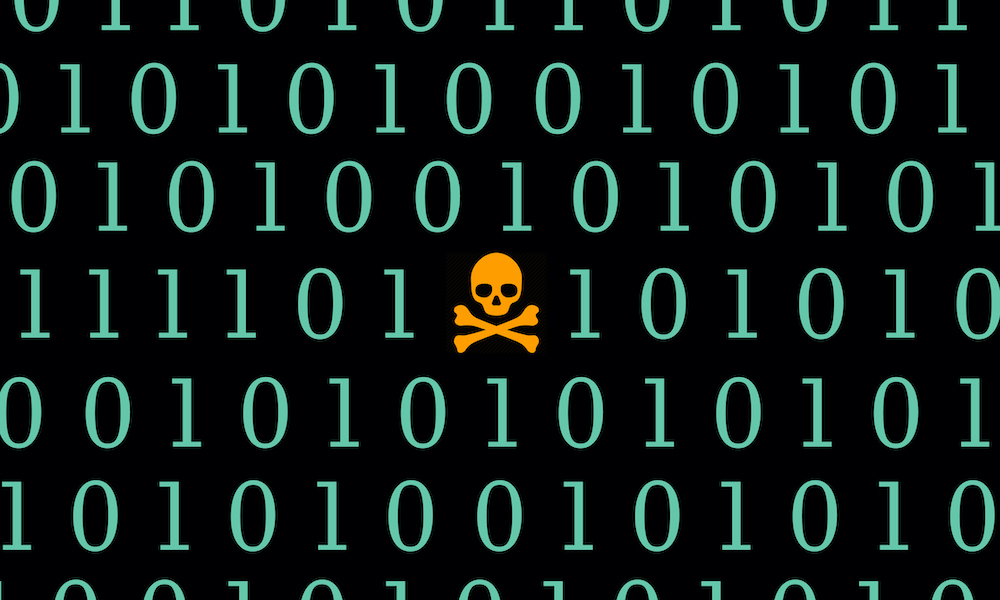
A leak of 190,000 chat messages traded amongst members of the Black Basta ransomware group reveals that it’s a extremely structured and largely environment friendly group staffed by personnel with experience in numerous specialties, together with exploit improvement, infrastructure optimization, social engineering, and extra.
The trove of information was first posted to file-sharing web site MEGA. The messages, which have been despatched from September 2023 to September 2024, have been later posted to Telegram in February 2025. ExploitWhispers, the net persona who took credit score for the leak, additionally offered commentary and context for understanding the communications. The identification of the particular person or individuals behind ExploitWhispers stays unknown. Final month’s leak coincided with the unexplained outage of the Black Basta web site on the darkish internet, which has remained down ever since.
“We have to exploit as quickly as potential”
Researchers from safety agency Trustwave’s SpiderLabs pored by the messages, which have been written in Russian, and printed a short weblog abstract and a extra detailed overview of the messages on Tuesday.
“The dataset sheds gentle on Black Basta’s inside workflows, decision-making processes, and staff dynamics, providing an unfiltered perspective on how one of the vital lively ransomware teams operates behind the scenes, drawing parallels to the notorious Conti leaks,” the researchers wrote. They have been referring to a separate leak of ransomware group Conti that uncovered staff grumbling about low pay, lengthy hours, and grievances about assist from leaders of Russia in its invasion of Ukraine. “Whereas the fast affect of the leak stays unsure, the publicity of Black Basta’s inside workings represents a uncommon alternative for cybersecurity professionals to adapt and reply.”
A few of the TTPs—brief for ways, methods, and procedures—Black Basta employed have been directed at strategies for social engineering staff working for potential victims by posing as IT directors trying to troubleshoot issues or reply to pretend breaches.



